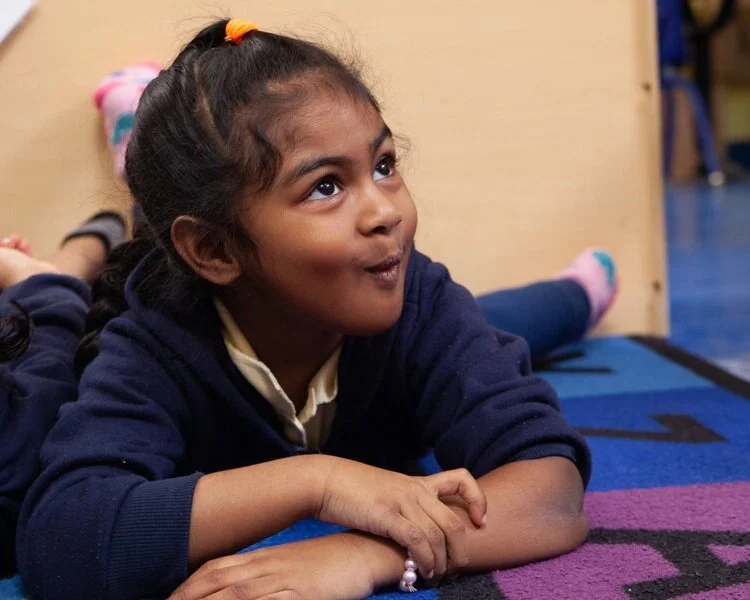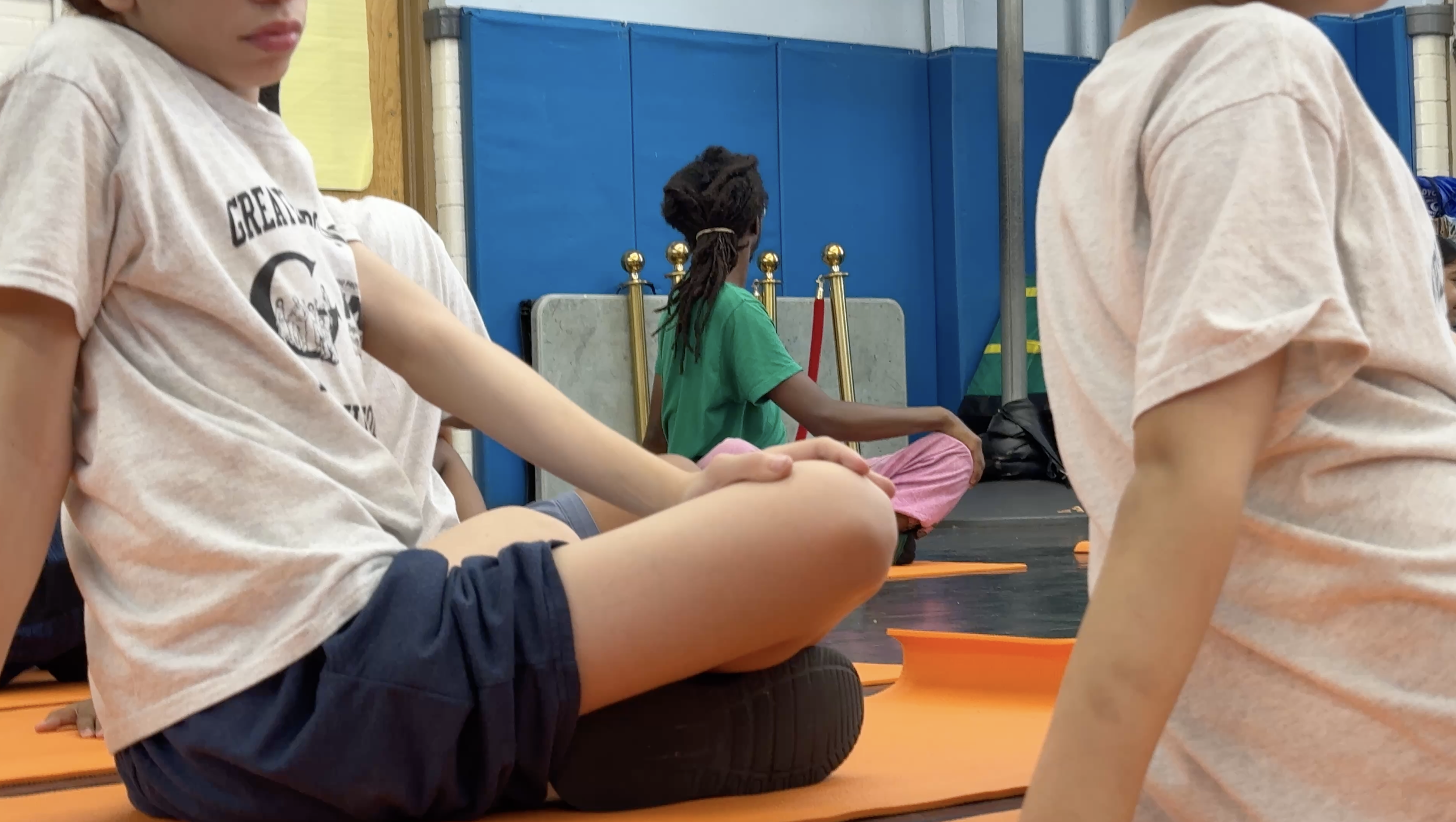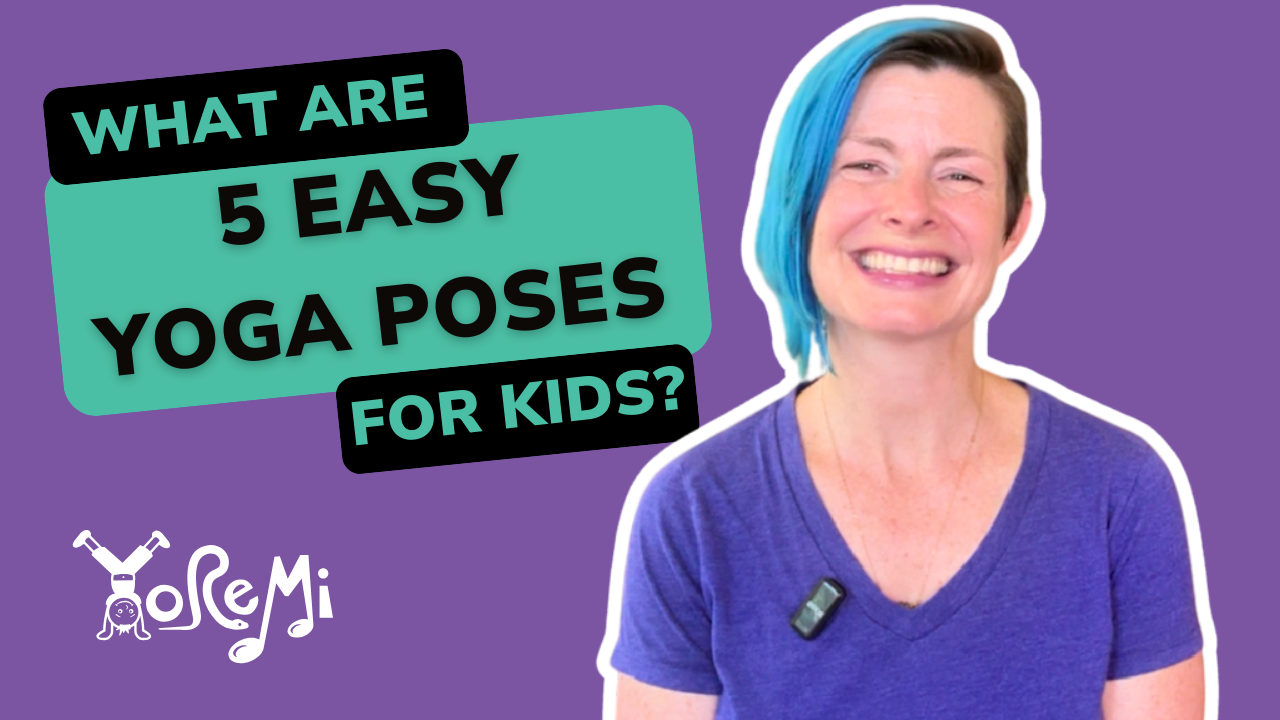The Dynamics of Dynamics are VOLUMINOUS
“Sometimes silence can be the loudest thing.”
― Ellie Mathews
One lesson from my years of playing rock n roll shows that applies straight into the preschool classroom is the secret of volume. When you need to get someone's attention, it can be tempting to just get louder. That works fine in the short term but in the classroom as well as in the rock club, you can quickly observe that everyone else gets louder too.
Is louder better?
I've been in a lot of classrooms (and rock clubs) where a teacher gets louder and louder and soon enough everybody's shouting and nobody's communicating. Ultimately, where a situation may have started with some unruly children who needed correction, you have the same unruliness and a lot more noise.
How do we effectively direct attention without creating an unnecessarily noisy environment?
Using the secret of volume in the classroom:
The secret of volume — what's effective about raising your voice — is creating a contrast between quiet and loud. We notice the loud voice because it's different from the volume of sound we've been hearing in the room and our brains want to take note of what's making the different kind of sound.
In music we call this dynamics.
A more dynamic musical passage has both loud and quiet passages. When the volume switches from one extreme to the other it's an effective signal to the audience that there's something worth paying attention to.
This is true in rock music and classical music, standup comedy, political speeches and, yes — the classroom. The beauty of volume contrast is that it works in both directions: going from loud to quiet will capture your attention as much as going from quiet to loud. When we notice that the ambient volume has crept up we can bring it down by making careful use of silence and quiet voices.
Of course in order to get someone's attention with quiet
you need to already have their attention
(or they won't notice that you're being quiet).
This provides us with another lesson: we should always be ready to take a step back and ask ourselves, “Do we have something to say?” If a class (or audience) is losing attention it's good to ask ourselves, “Why?”
If what we're offering the group isn't resonating, maybe we need to address what we’re conveying, and how we’re conveying it.
The beautiful thing is that in these instances, if we stop and reflect, we'll see the people we're trying to engage are giving us clues for finding and engaging with them. Any great group experience crystalizes the feelings and attention of many people into one fluid energy.
It can begin with an awareness of dynamics: quiet, loud and how much and how frequently we change between the two. If we are mindful of the volume of our surroundings and how our own use of sound contributes and affects that environment, we can use it as a bridge to collective engagement and ultimately lots of fun and learning!
Share this post on Pinterest
Isaac Gillespie has been an early childhood educator since 2011. As a teaching artist at the Children's Museum of the Arts, a camp counselor for Hispanic Family Services Arts & Literacy Camp, certified Children's Yoga Instructor (KAY) and as a Yo Re Mi teacher, he has enjoyed spreading the joy of music, art and movement. Isaac is an independent touring musician and film artist. His favorite color is green.















